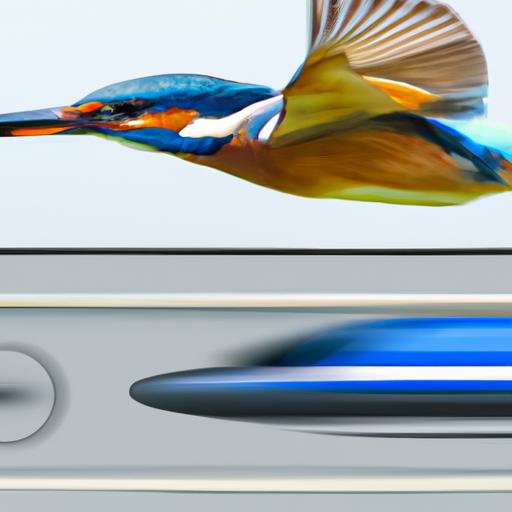Discover how engineers and designers are turning to nature's time-tested strategies to create groundbreaking sustainable innovations. From buildings that regulate temperature like termite mounds to materials that self-clean like lotus leaves, biomimicry is transforming multiple industries. This deep dive explores the most promising nature-inspired technologies shaping our sustainable future.

The quest for sustainable solutions to human challenges increasingly leads innovators to an unlikely but brilliant source of inspiration: nature's 3.8 billion years of research and development. This practice, known as biomimicry, is revolutionizing how we approach design, engineering, and sustainability challenges across multiple sectors.
At its core, biomimicry involves studying nature's time-tested patterns and strategies and emulating these designs and processes to solve human problems. Unlike traditional human-made solutions, nature's innovations have been refined over millions of years of evolution, resulting in solutions that are inherently sustainable, energy-efficient, and waste-free.
One of the most compelling examples of biomimicry in architecture is the Eastgate Centre in Harare, Zimbabwe. This shopping center and office complex draws inspiration from the self-cooling mounds of African termites. These remarkable insects maintain their nest temperature within one degree Celsius day and night, while outside temperatures vary from 42°C to 3°C. The building mimics this natural cooling system, using 90% less energy for ventilation than conventional buildings of similar size.
In the realm of materials science, the lotus leaf has inspired a revolution in self-cleaning surfaces. The leaf's microscopically rough surface, combined with a waxy water-repellent coating, causes water droplets to roll off, carrying dirt particles with them. This 'lotus effect' has led to the development of self-cleaning paints, fabrics, and solar panel coatings that require minimal maintenance and fewer harsh cleaning chemicals.
The transportation sector has also benefited significantly from biomimicry. The kingfisher bird's streamlined beak inspired the redesign of Japan's bullet trains, making them more energy-efficient and quieter. Similarly, the skin of sharks, with its ribbed scales that reduce drag and prevent bacterial growth, has influenced the design of boat hulls and medical equipment surfaces.
Perhaps one of the most promising areas of biomimicry research focuses on energy generation and storage. Scientists studying photosynthesis have developed artificial leaf technologies that can convert sunlight into chemical fuel more efficiently than traditional solar panels. Meanwhile, the structure of butterfly wings has inspired improvements in solar cell design, potentially increasing their efficiency by up to 200%.
Water management is another crucial area where biomimicry is making significant strides. The Namib desert beetle, which survives in one of Earth's driest environments by collecting water from morning fog on its back, has inspired technologies for water harvesting in arid regions. Similarly, prairie dog burrow systems have influenced the design of passive cooling and ventilation systems in buildings.
The field of waste management and recycling is being transformed by studying nature's closed-loop systems. For instance, researchers are developing new recycling processes based on how fungi break down organic matter, potentially revolutionizing how we handle plastic waste. These natural processes are inherently non-toxic and energy-efficient.
Biomimicry is also advancing sustainable agriculture practices. Scientists studying prairie ecosystems have developed agricultural systems that mimic natural polycultures, reducing the need for pesticides and fertilizers while improving soil health and biodiversity. These systems are more resilient to climate change and provide better food security.
As we face increasingly complex environmental challenges, the importance of biomimicry in sustainable innovation cannot be overstated. Nature has already solved many of the problems we are grappling with, using approaches that are sustainable, efficient, and adaptable. By studying and implementing these solutions, we can create technologies and systems that work in harmony with nature rather than against it.
Looking ahead, the potential applications of biomimicry seem limitless. From carbon capture technologies inspired by coral reefs to energy storage systems based on how plants store and use energy, nature continues to offer innovative solutions to our sustainability challenges. The key lies in our ability to observe, understand, and appropriately adapt these natural strategies to human needs.



